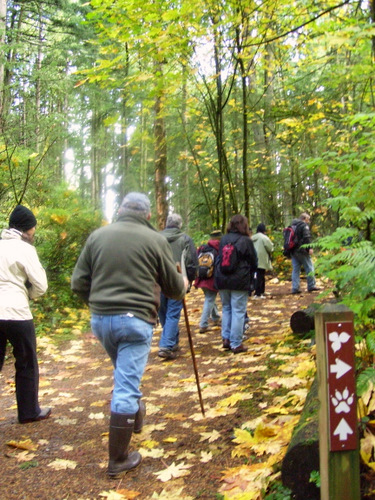
Ever felt like shopping at the supermarket is a bit too easy, too removed from food’s natural origins, too supportive of wasteful food consumption habits? If you’re sick of the store but not quite ready to rescue food via “dumpster diving,” then you may want to try some “urban foraging” instead. It’s a less messy, but no less adventurous, substitute for a trip to the grocery store, and a way to reconnect with where food comes from.
Don’t know where to start your urban forage? Here are some tips.
There’s an app for that
There’s a way to start your foraging adventure that requires neither a map nor skills in botany or dendrology — just a smartphone onto which you’ve downloaded an app created by a group called FallingFruit.org. Falling Fruit is a nonprofit organization that formed for the purpose of creating an open-source map of the global urban harvest, and in just a few short years they’ve done an impressive job of it.
You may not be surprised to learn there’s a Boulderite behind FallingFruit.org. The organization was started by Caleb Phillips in Boulder in 2013; his other food-related social endeavors include co-founding Boulder Food Rescue, which picks up and redistributes edible food around the city, by bicycle.
Boulder was ground-zero for the Falling Fruit map, and nowadays, users from dozens of countries around the world use it. The app has been downloaded thousands of times, the revenues of which fund the organization’s website maintenance. It has more than 1.2 million points of data, each one representing a tree or bush or other plant with forage-able food growing in the urban environment. More than 9,000 registered users, plus more than 140,000 unique visitors last year alone, populate the map with these edible data points, or use the map to find them.
Download the app, grab a basket and you’re ready to forage.
www.fallingfruit.org
Take a foraging walking tour
Want a more hands-on experience than an app? Kate Armstrong of Denver, known as the urban forager, is dedicated to teaching others to identify the edible plants that grow around them. She finds food all around her — on medians, along sidewalks, on public lands — as she makes her way through the city. She incorporates this food into her everyday diet, and she’s passionate about teaching others how to do so as well. Kate is also a trove of knowledge on things like where pesticides have been sprayed, when it’s OK (or not OK) to forage in public parks, and which areas are private property — trespassing is a definite no-no when foraging. Her knowledge of what’s-what in the plant world goes back generations: She still recalls being a child and walking alongside her grandparents as they identified plants along the way. Kate used to teach urban foraging classes through Feed Denver, an organization whose doors closed in 2015. Reach out to Kate via her blog or Facebook page, and she may just still teach you the ropes.
www.facebook.com/TheUrbanForager
whatgrandmotherknew.com (Kate’s blog)














